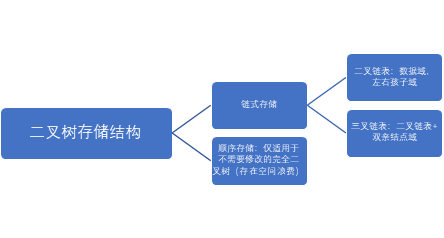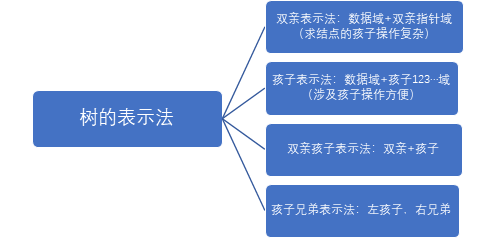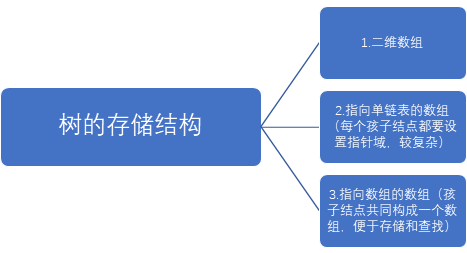


实践第一题的一段代码
int Isomorphic(int root1,int root2)
{ //用递归结构判断
if(root1==-1 && root2==-1)
return 1; //若都为空树,则同构
if((root1==-1 && root2!=-1) || (root1!=-1 && root2==-1))
return 0; //一颗为空,一颗不为空则不同构
if(t1[root1].name!=t2[root2].name)
return 0; //第一层数据不相等,不同构
if(t1[root1].lch==-1 && t2[root2].rch==-1) //如果左孩子都为空
return( Isomorphic(t1[root1].rch,t2[root2].rch)); //判断右孩子是否为空,数据是否相等,是否一个有右孩子,一个没有
if((t1[root1].lch!=-1) && (t2[root2].lch!=-1) && (t1[t1[root1].lch].name==t2[t2[root2].lch].name))
return ( Isomorphic(t1[root1].lch,t2[root2].lch) && Isomorphic(t1[root1].rch,t2[root2].rch ) ) ;
else
return( Isomorphic( t1[root1].lch,t2[root2].rch ) && Isomorphic( t1[root1].rch,t2[root2].lch ) )
;}
在这一章学习中我们学会了如何用多种顺序遍历一棵二叉树,如何查找根结点,并在老师的带领下学会如何让进一步分析树的最方便的存储结构.但有时运用的不够灵活,比如知道一个完全二叉树的结点数,还能反过来推出他的深度,作业中就有一题说到一个二叉树有65个节点,也就是2的6次方加一,所以一共有七层,虽然感觉学到了一丢丢但感觉作业还是有很多还没弄懂,要继续加油.